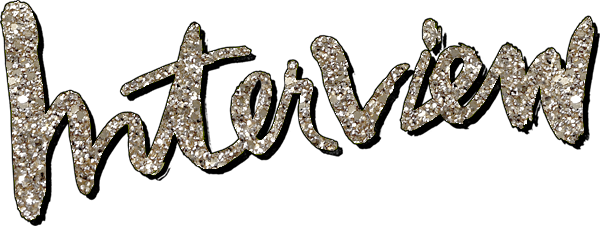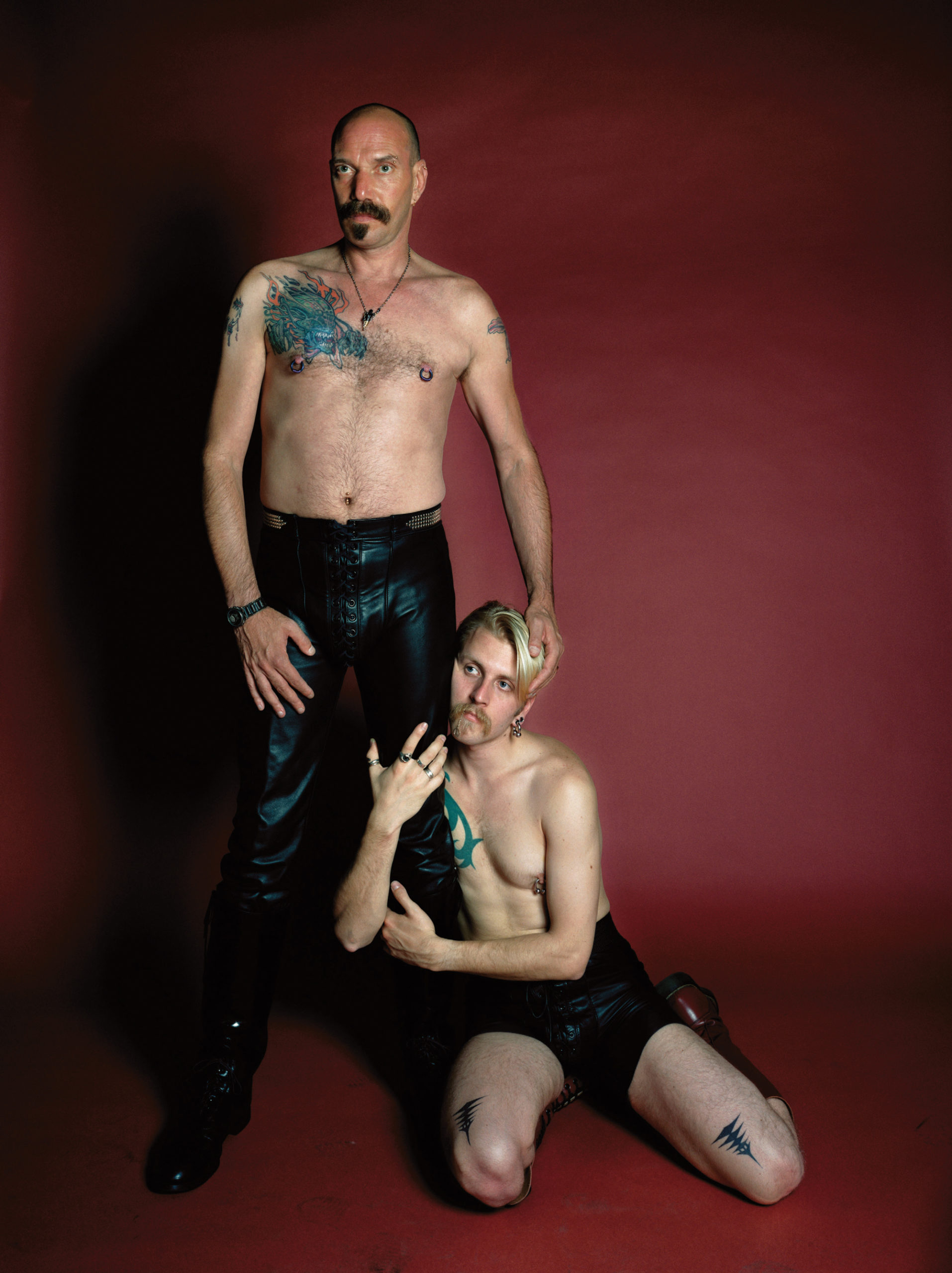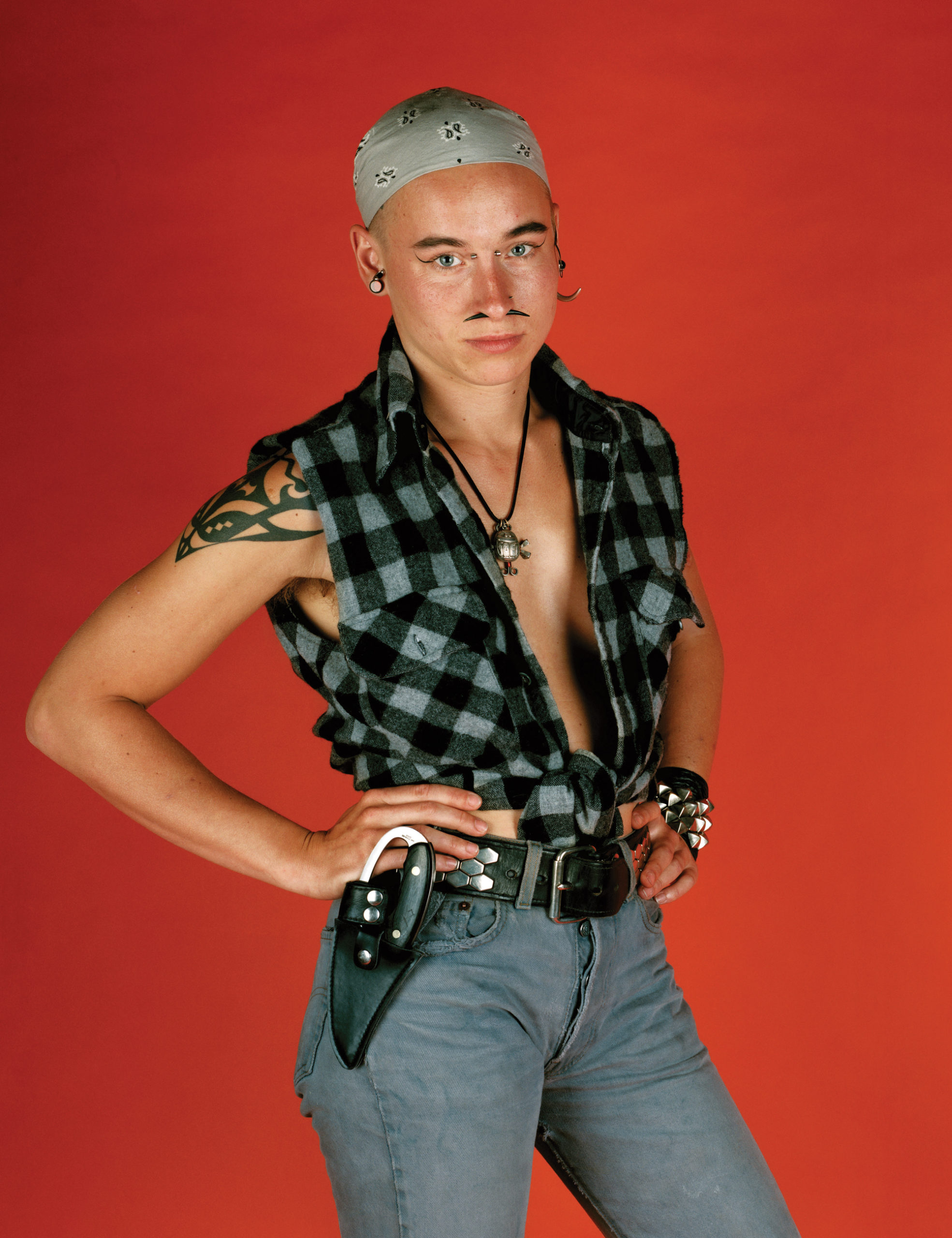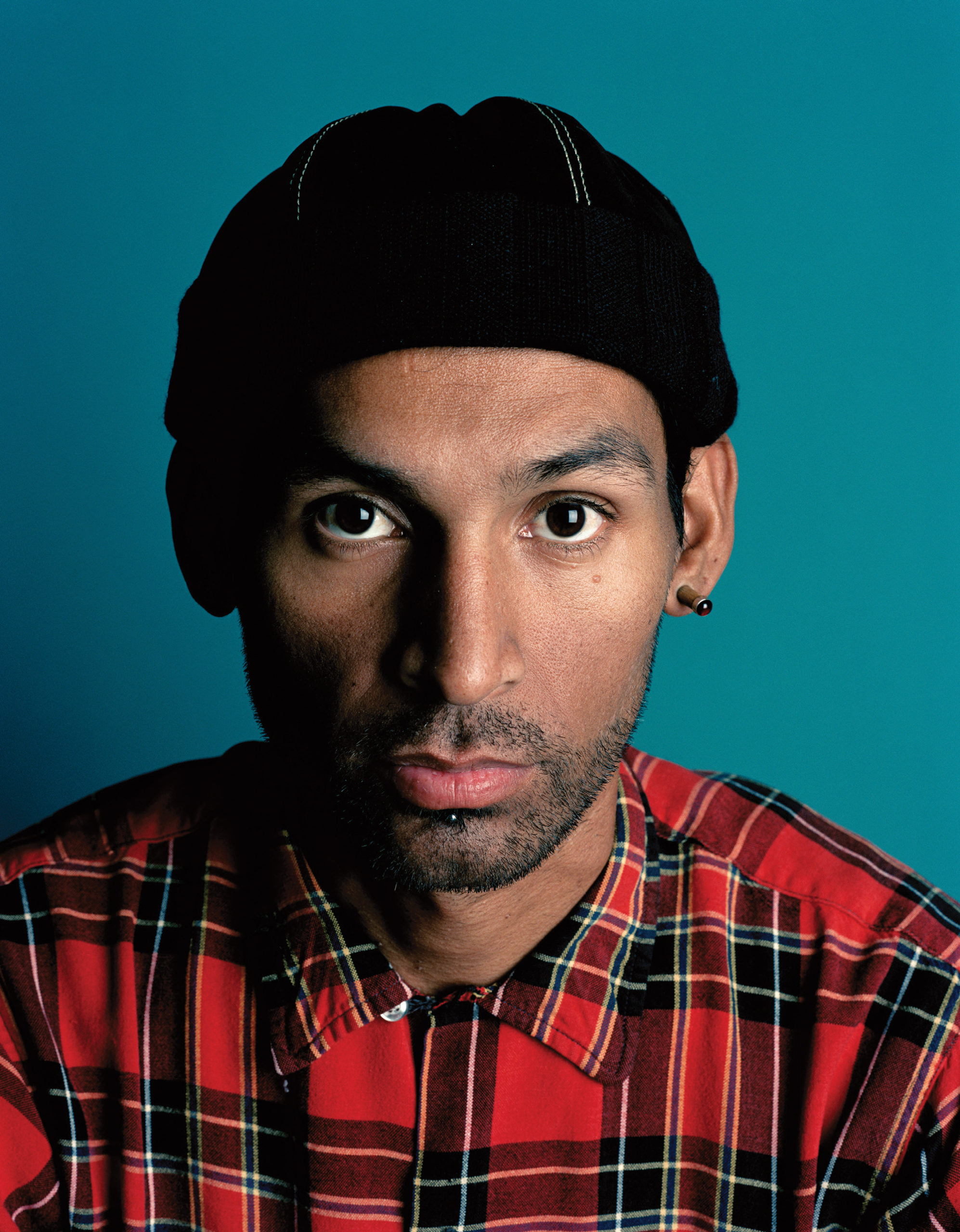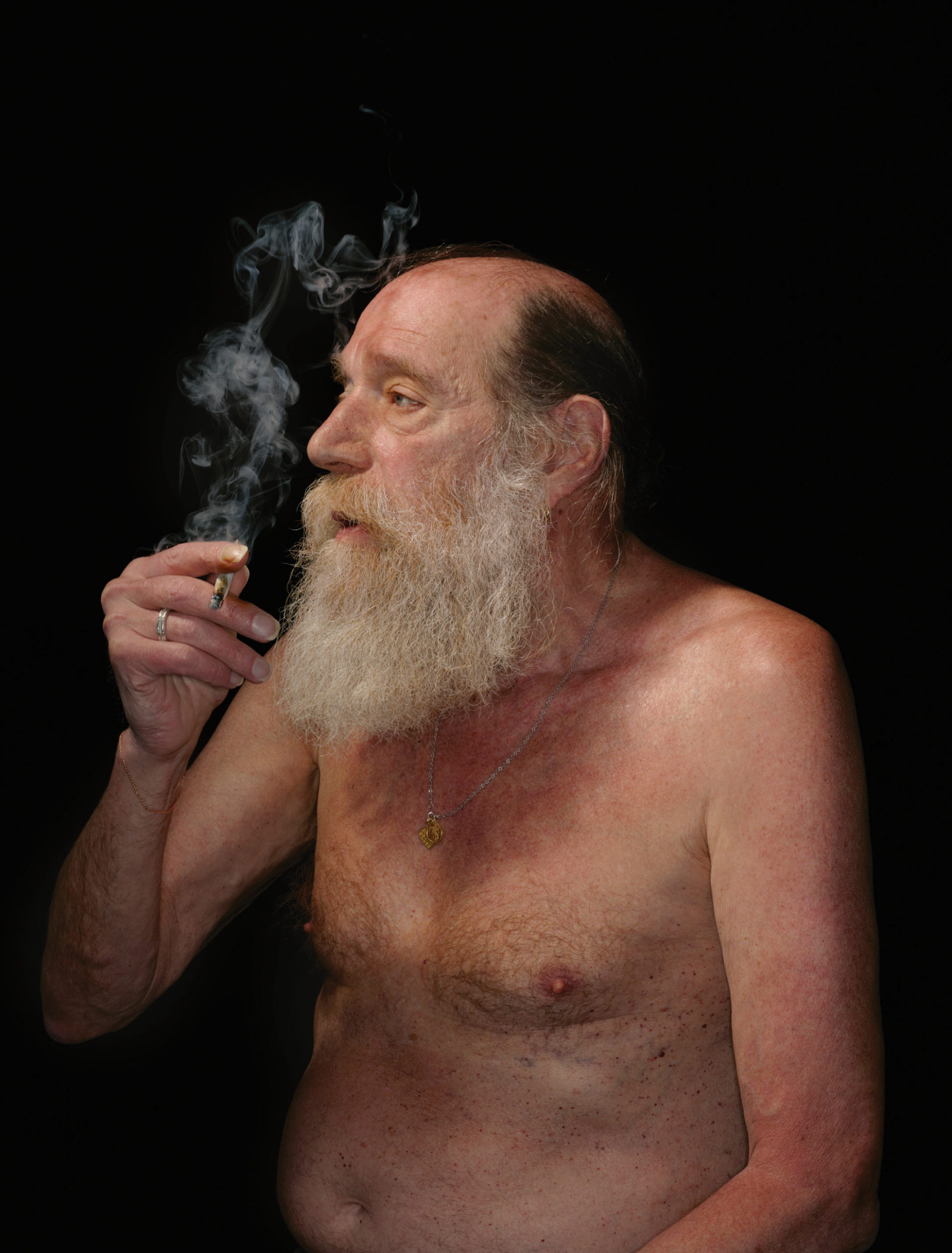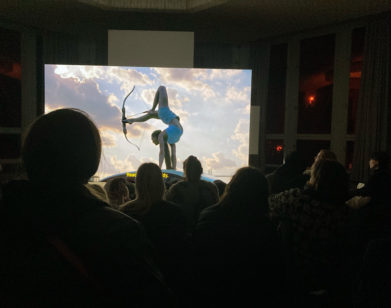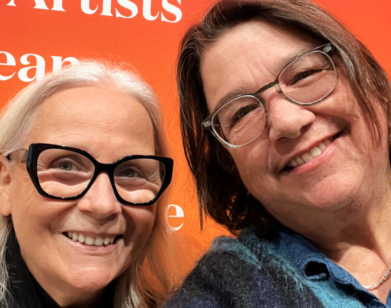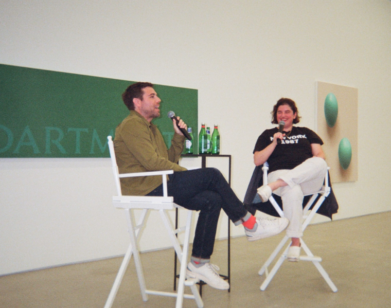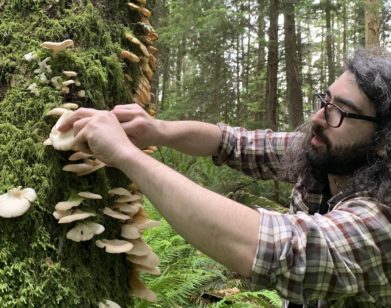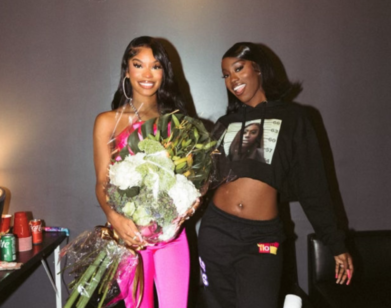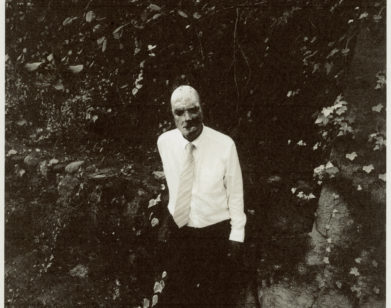show and tell
“I’ll Make You Bigger Than Life”: A Few of Catherine Opie’s Favorite Portraits
Whether she’s shooting people or places, portraits or landscapes, the grist of Catherine Opie’s work has always been about the nature of community—or rather the constant, volatile push and pull between the individual self and the larger social unit, whether that unit is firmly cemented in the mainstream (high school football players) or stitched subversively on the sidelines (the West Coast queer leather community). An eponymous new monograph out this summer by Phaidon serves as a reminder of all the reasons the Los Angeles–based artist is one of the most radical and sharp-eyed artists of this century. In many respects, Opie is a formalist, drawing poses from classical painting, but her approach is also humanistic, intent on letting her subjects tell some of their own stories in the resulting image. Here, in celebration of the new book, Opie recalls how a few of her favorite portraits came into focus.
———
“Daddy Irwin and Mark,” 1994.
“At this point in the ’90s. in San Francisco, after what had happened in the past decade with the AIDS epidemic, the lesbian leather community and the gay male leather community had actually joined together and we were playing in the same spaces. I probably met Daddy Irwin and his boy, Mark, at a play party. Posing Mark down on his knees with his arms wrapped around Irwin’s chaps was a way to show them being tender, and also a way to mark that kind of relationship within the leather community.”
———
“Idexa, 1993.”
“Everyone kept saying to me, ‘You’ve got to meet Idexa, you’re going to want to photograph her.’ Idexa is hot and is from Germany, with a very thick German accent. I met her at Red Dora’s Bearded Lady café, and we made a date for me to take her photograph. That knife in the holster is hers—she always wore different knives at the time. We liked each other right away, and after the shoot we had a picnic in the park and just talked and talked for hours, and ended up becoming best friends.”
———
“Nick, 2003.”
“Before I did the surfer portraits, I did the seascapes, and this may sound odd but I didn’t want them to be too pretty. And people kept telling me that the only people in my images were queer, so I wanted to ground the beauty of the seascape photographs back into the language of documentary. I brought my camera out onto the beach and asked the surfers when they were leaving the water if I could take their picture. I love this photo of Nick, whose chest almost matches the wax on the surfboard and the wild sweep of his hair.”
———
“Miguel, 1993.”
“Miguel was one of the early founders of Club Fuck! in Los Angeles. Miguel was dying of AIDS when I took this photograph. He weighed about 93 pounds. He was a beautiful human being and I shot him in his apartment, and I remember Miguel saying, ‘Please, I don’t look good, Cathy,’ and I just said, ‘Don’t worry, honey, I’ll make you bigger than life.’”
———
“David, Austin, and Bryant, 2009.”
“The best thing for me about the high-school football player series is that it shows their vulnerability. This was taken in my home state of Ohio. What’s interesting about these three is that they wanted a photograph together because they were three of the only African American students in this predominantly Jewish high school. It was really important to them that they were photographed together, not individually. I really love how they owned their own representation of togetherness in this image.”
———
“Oliver & Mrs. Nibbles, 2012.”
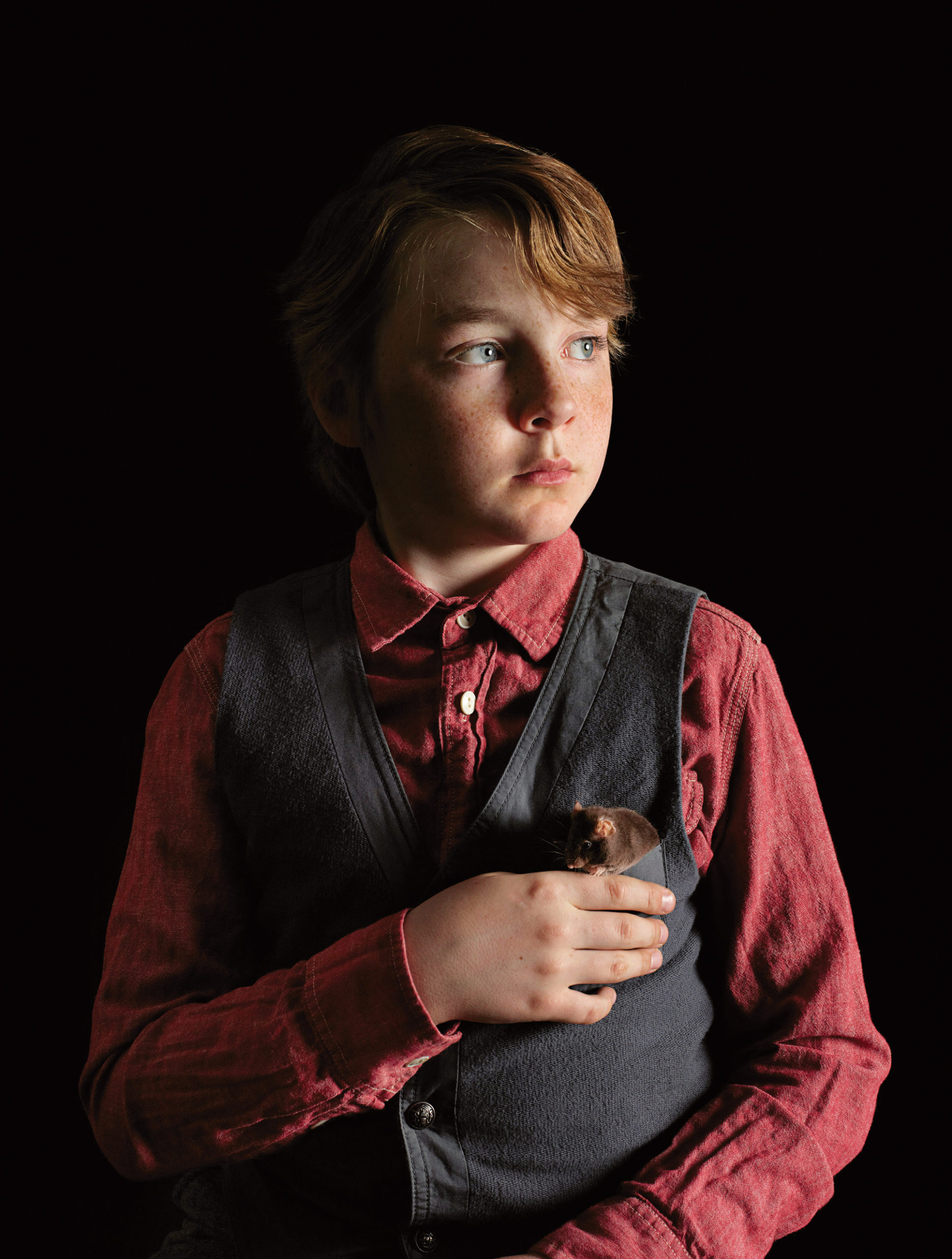 “I often think of the formal poses in my portraits as they relate to paintings, and this one is somewhat based on Leonardo da Vinci’s ‘Lady with an Ermine.’ I wanted my son Oliver’s little pinkie finger in that exact position. It was actually a really tough shoot. Oliver put on four shirts before he put a vest on over them, and Mrs. Nibbles was Oliver’s mouse. Getting her mouth to poke out of the pocket was tricky.”
“I often think of the formal poses in my portraits as they relate to paintings, and this one is somewhat based on Leonardo da Vinci’s ‘Lady with an Ermine.’ I wanted my son Oliver’s little pinkie finger in that exact position. It was actually a really tough shoot. Oliver put on four shirts before he put a vest on over them, and Mrs. Nibbles was Oliver’s mouse. Getting her mouth to poke out of the pocket was tricky.”
———
“Lawrence, 2012.”
“Getting Lawrence to take off his shirt was a big ask, and people were really surprised. They were like, ‘You had him take off his shirt?’ And I said, ‘Yeah. I just needed to see the skin, and the beard, and the smoke in his body. We’re always looking at the female body a certain way, but what about this beautiful body that tells the whole history of this amazing man?’”
———
“Self-Portrait / Nursing, 2004.”
“The self-portraits are markers of significant times in my life, and I felt that with ‘Self-Portrait/Cutting,’ with the two stick-figure girls on my back, I needed to do ‘Self-Portrait/Nursing.’ Using a fabric background, I sat in a beautiful finial chair, and I nursed Oliver past the age of 1. I love that he’s almost too big, but not. And I also love how it really challenges the kind of art-historical canon of the Madonna and Child. It’s an older lesbian body, with tattoos and scars, and this creamy, almost-too-white baby in my arms.”
———
